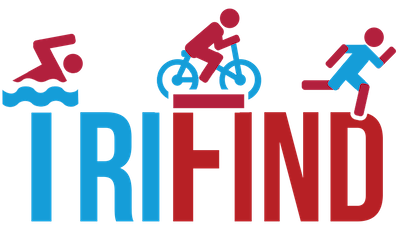Effective Interval Training For Triathletes
One of the most effective weapons of top triathletes is interval training. Here at Triathica we define interval training is a period of “test” then “rest.” In other words you follow a really hard effort with an easy one.
The virtue of interval training is that you can squeeze more quality training into a shorter period of time – something everyone can appreciate! However, there’s more to it than that . . .
Some of the other benefits of interval training include:
- Boosting your metabolism/improve weight loss
- Improve speed
- Improve endurance
- Increase cadence
- Improve anaerobic threshold/lactate threshold
Interval training can be done for swimming, cycling, running or even strength training. The common thread is “test” and “rest.” Incorporating interval training in your weekly workouts will help you improve your race day performance.
One of the misconceptions about interval training is that it means an “all-out” effort followed by an easy one. While an interval may be an all-out effort it may also be a longer, less intense one too. An interval can be as short as a few seconds to 20 minutes, for example. There are no hard and fast rules, and mixing up the intensity and time helps your fitness in different ways.
The Swedish term “fartlek” means “speed play” which is a popular form of interval training. Essentially, fartlek training is interval training which is less structured. For example, you might start an interval at a telephone pole and sprint to the mailbox. There are no predetermined distances or intensities. Fartlek helps you mix things up a bit while avoiding some of the boredom associated with some other forms of interval training.
One of the biggest benefits of interval training is that it can boost your anaerobic/lactate thresholds. Anaerobic simply means “without oxygen.” You’re anaerobic when lactic acid builds in your system that it can’t clear and you go into oxygen debt. You can reach your anaerobic capacity doing most exercises at a really hard effort.
The problem is you can’t stay anaerobic for long periods of time. These are short bursts of effort. However, as you “test” your system more you’re able to increase these efforts or lengthen them over time. Therefore, incorporating interval training with other forms of training will increase your fitness and your race performance.
Before attempting interval training you should make sure of several things:
- Your doctor clears you for high-intensity training
- You adequately warm-up (to avoid injury)
- Increase your intensity and duration but not at the same time
While effective interval training can provide lots of benefits it’s not without its risks also. Be sure to back off when things don’t feel right or you’re in any kind of pain. Don’t assume you can “push through” it because you may only make matters worse. Also, be careful not to overuse interval training. Two sessions per week in each event is plenty (two swim, two bike and two run).
So how is interval training done? There are a number of variables that can be changed-up to create in interval session, including:
- “Test” duration
- “Rest” duration
- Workout duration
- Number of repetitions
- Speed or effort of interval
- Frequency of interval sessions
Here at Triathica we’re big believers in interval training and feel it should be in every triathlete’s training arsenal. I personally used interval training every week in all three events to help me qualify for the Ironman World Championships.
Triathica offers a variety of training options to help you with your training, all of which incorporate interval training.
First, we offer customized training plans based upon your swim, bike and run fitness. Every plan includes detailed interval training tailored to your level of fitness.
We also offer “Power Up!” our cycling DVD. Power Up! is a high-intensity interval workout that will definitely help your cycling performance.
Most recently we’ve added our cycling interval podcasts. Check it out here: http://www.highintervalworkouts.com/. There are four versions aimed at improving your cycling performance and recovery:
- Speed: includes high-cadence efforts to boost speed in the flats
- Power: includes low-cadence efforts to improve hill climbing
- Endurance: includes longer intervals to improve race endurance
- Recovery: easier effort to improve recovery from hard workouts
Check out our training and let us know how we can help.


